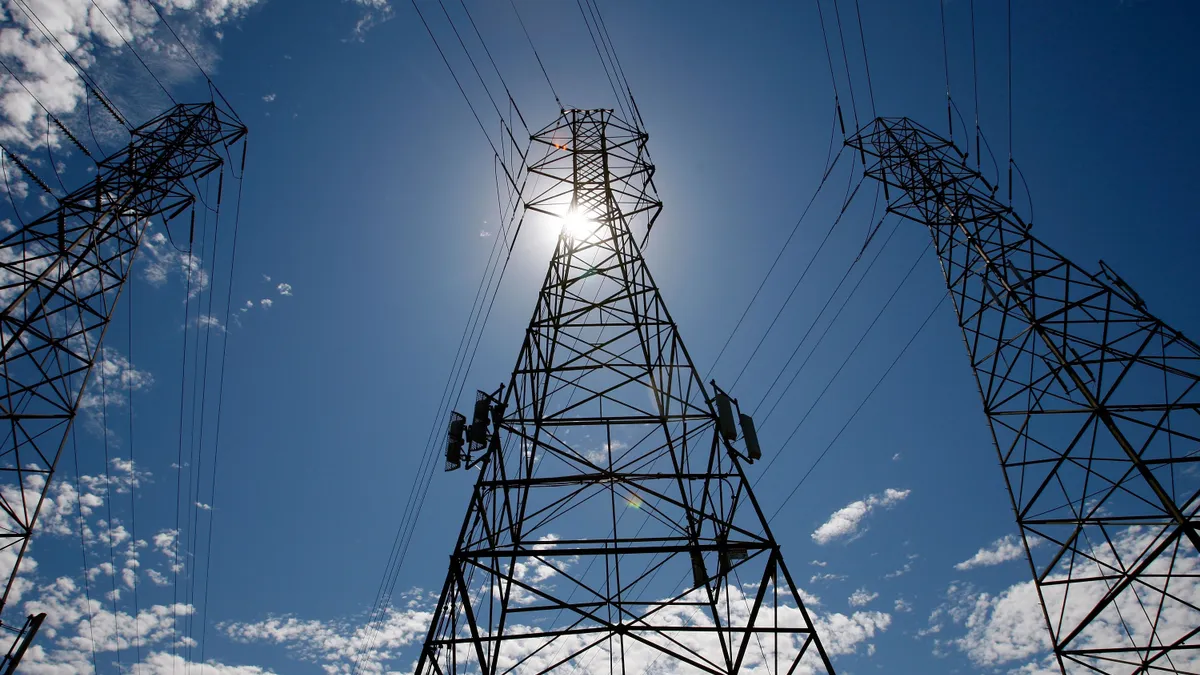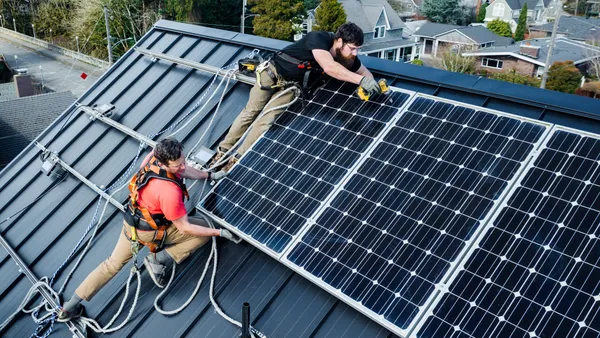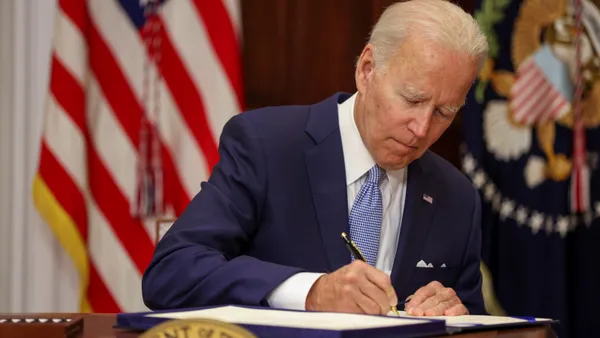The following is a contributed article by Boyd Bryan and Alex Prochaska, attorneys at Jones Walker.
Despite ongoing recounts and litigation, Joe Biden appears due to take office in January 2021. Democrats maintained their majority in the House. Control of the Senate, however, will be decided by two Georgia run-off elections in January.
Biden’s environmental priorities clearly diverge from those of President Donald Trump. While President Trump has focused on promotion of domestic energy, including oil and gas, and streamlining of permitting and approvals for industrial projects, Biden said he will end subsidies on fossil fuels, strengthen regulation of the oil and gas industry, increase investment in clean energy, and recommit the U.S. to the Paris Climate Accord. The questions are how and when Biden can implement these changes.
Environmental guidance and executive orders
For starters, Trump-era guidance documents and executive orders largely could be changed at will by Biden and his executive branch agencies and departments. The Biden Plan for a Clean Energy Revolution and Environmental Justice (the Biden plan), released during the campaign, states that "on day one" Biden will utilize executive orders to support his stated goal of net-zero emissions by 2050 and make investments to rebuild and ensure infrastructure can withstand climate change impacts. Biden executive orders would likely revoke or amend some executive orders issued by Trump.
For example, Trump Executive Order 13783, titled "Promoting Energy Independence and Economic Growth" and published on March 31, 2017, directed federal agencies to review and, if necessary, suspend, revise or rescind regulations and agency actions that unduly burden domestic energy production, particularly with respect to domestic oil, natural gas, coal and nuclear energy.
It also rescinded several Obama administration climate and energy executive orders, presidential memoranda and reports, and led to the repeal and replacement of the Obama-era Clean Power Plan with the Affordable Clean Energy rule (discussed below). Biden will likely quickly rescind, revise or amend this executive order to support the Biden plan.
Environmental statutes and regulations
Unlike guidance and executive orders, amending or enacting statutes and regulations involves a lengthy process. Significant statutory changes are unlikely if there is a divided Congress. Regulatory changes could be pursued by Biden executive agencies but require public notice and comment and can take years to finalize.
Nevertheless, several Trump-era environmental regulations appear to be in conflict with Biden’s priorities and may be in jeopardy. The following are a few examples.
- The "Review Rule" and "Reconsideration Rule" regarding Methane Emissions from Oil and Gas Operations. These rules, both released on August 13, 2020, rolled back Obama-era regulations of methane emissions from oil and gas operations. The "Review Rule" was published and became effective on Sept. 14. The "Reconsideration Rule" becomes effective on Nov. 16. Lawsuits challenging both rules are pending in the U.S. Court of Appeals for the District of Columbia Circuit.
- The NEPA Modernization Rule. On July 16, 2020, the Council on Environmental Quality issued a final rule revising the procedures for implementing the National Environmental Policy Act (NEPA). This rule removes "indirect" and "cumulative" environmental impacts from project consideration and focuses the review on causally-related and reasonably foreseeable environmental consequences. It also shortens the time for environmental assessments and environmental impact statements. The rule became effective on September 14, 2020, and has been challenged in the courts.
- The Navigable Waters Protection Rule. On April 21, 2020, the U.S. Army Corps of Engineers (USACE) and EPA published the Navigable Waters Protection Rule (NWP Rule). This rule takes a narrower approach to USACE and EPA jurisdiction than the now-repealed 2015 Obama-era "Waters of the United States" rule. Multiple states have sought to enjoin or to stay the rule, but to date only Colorado has been successful. As a result, the NWP Rule is now in effect in all states except in Colorado.
- The Affordable Clean Energy Rule. On June 19, 2019, the EPA issued the final Affordable Clean Energy rule (ACE Rule) which provides emission guidelines for the states to use in developing unit-specific standards of performance for greenhouse gas emissions at existing coal-fired power plants. It replaced the more-stringent Clean Power Plan which was enacted under President Obama. The ACE Rule became effective on September 6, 2019, and is the subject of pending litigation in the U.S. Court of Appeals for the District of Columbia Circuit.
As noted above, many Trump-era regulations are currently in litigation. It will be interesting to see what stance the Biden administration takes in these lawsuits. The new administration could seek to undermine the regulations by choosing not to defend them or asking the court to delay the proceedings while it reconsiders its position.
Potential impact of the Congressional Review Act
With a Democrat majority in the House and control of the Senate not yet decided, the Congressional Review Act (CRA) may still be in play as a way for the Biden administration to invalidate certain Trump-era environmental regulations.
The CRA requires federal agencies to submit each final rule to both chambers of Congress. Within roughly 60 days following this submittal, Congress has the ability to invalidate by approval of a "joint resolution of disapproval" by a simple majority of both chambers (with no filibuster option available). And once a rule is invalidated, the agency cannot issue a new rule "in substantially the same form" unless specifically authorized by a subsequent law enacted by Congress.
Significantly, the CRA also provides that if the rule is submitted to Congress when there are less than 60 "session days" remaining in the Senate or less than 60 "legislative days" remaining in the House before they adjourn for the calendar year, members of the new Congress are allowed roughly another 60 days, beginning on the fifteenth session or legislative day of the new Congress, to introduce a "joint resolution of disapproval" of the rule. This "look-back period" for 2020 is estimated to have commenced around the beginning of June 2020. Many Trump-era environmental regulations, including some of those noted above, may fall within this "look-back period."
In 2017, President Trump and the Republican Congress used the CRA to invalidate more than a dozen so-called "midnight rules" related to the environment issued under the Obama administration. If the Democrats were to win both Senate run-off elections in January, they may return the favor in 2021.












